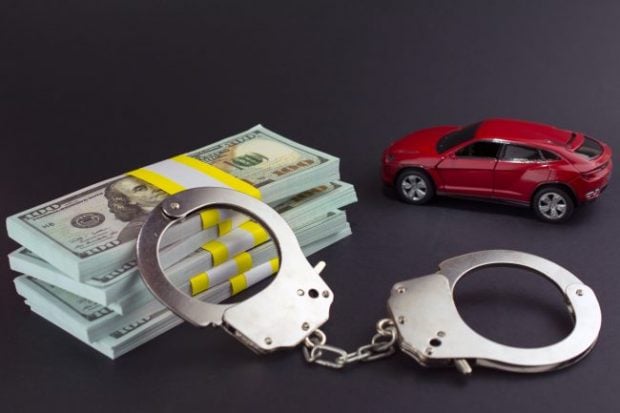Auto lending fraud has been rising for several years, but it remains hidden in credit losses, according to new research by a San Diego, Calif-based technology firm.
After 2016 auto lending originations soared to historic high levels, the downstream effects are now revealing themselves in higher fraud losses. It's estimated the annual value of auto loan originations that contain some element of misrepresentation may be as high as $6 billion in 2017, which is twice the 2016 estimates, PointPredictive reported in a white paper.
The white paper, based on an analysis of historical loan performance across several different portfolios, shows that auto lending fraud can be broken into three separate categories: known fraud that lenders have been able to identify, hidden fraud that ends up misclassified as early or first payment default, and systemic fraud by unscrupulous car dealers or representatives at car dealers. Each of these categories is a significant contributor to the increasing fraud losses that we are forecasting for the auto lending industry in 2017.
“Our analysis revealed that hidden fraud is the largest category of auto fraud risk as it is often mistakenly categorized with all of the other credit losses,” Frank McKenna, chief strategy officer for PointPredictive in San Diego, said. “Early payment defaults range between 1% and 3% of originated loans for a typical auto lender. We are finding that up to 70% of those loans that default on the first payment or within the first six months after funding have fraudulent misrepresentation in the original application. This is a primary contributor to the increase in auto lending fraud risk we are forecasting for 2017.”
Misrepresentation on the application of a borrower's identity, income, or employment, as well as other key factors such as the price or condition of the vehicle has a material impact on the performance of a loan.
Credit scores or credit policies cannot be relied on to identify or prevent these losses, and identity scores only identify a small percentage of these types of misrepresentation losses. A predictive, full application fraud score is necessary to allow the lender to prevent a significant percentage these losses, according to PointPredictive.
The white paper also provides insight into the role that car dealers play in various systemic fraud schemes. For most lenders, less than 3% of dealers are providing loans that are responsible for 100% of their known fraud and early payment default risk. Often, the frauds at these dealers can be traced to a rogue finance manager or other key employee embedded in the finance office that works with fraud rings or identity thieves to facilitate the delivery of fraudulent applications to lenders.
On the plus side, more than 97% of car dealers represent very low risk to lenders as they have never been associated with a single instance of fraud.
© 2025 ALM Global, LLC, All Rights Reserved. Request academic re-use from www.copyright.com. All other uses, submit a request to [email protected]. For more information visit Asset & Logo Licensing.








